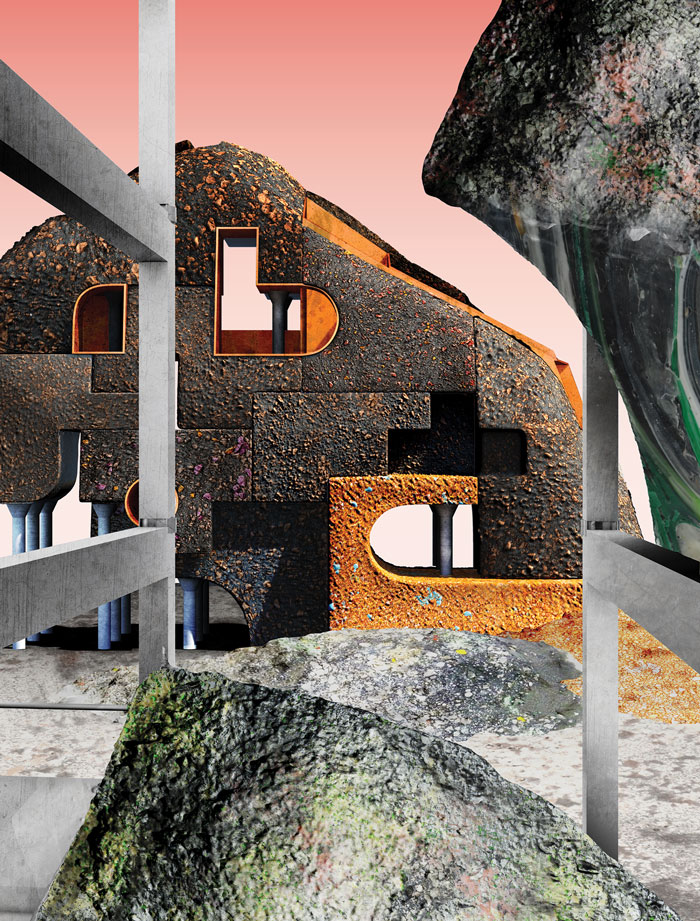
Detroit Reassembly Plant
2016
Detroit doesn’t have a material problem; its material has an image problem. Recognizing architecture’s capacity to work on and produce both materials and images, our project aims to reverse current perceptions of Detroit. Where others see an excess of ruins, we see an abundant resource for building materials.
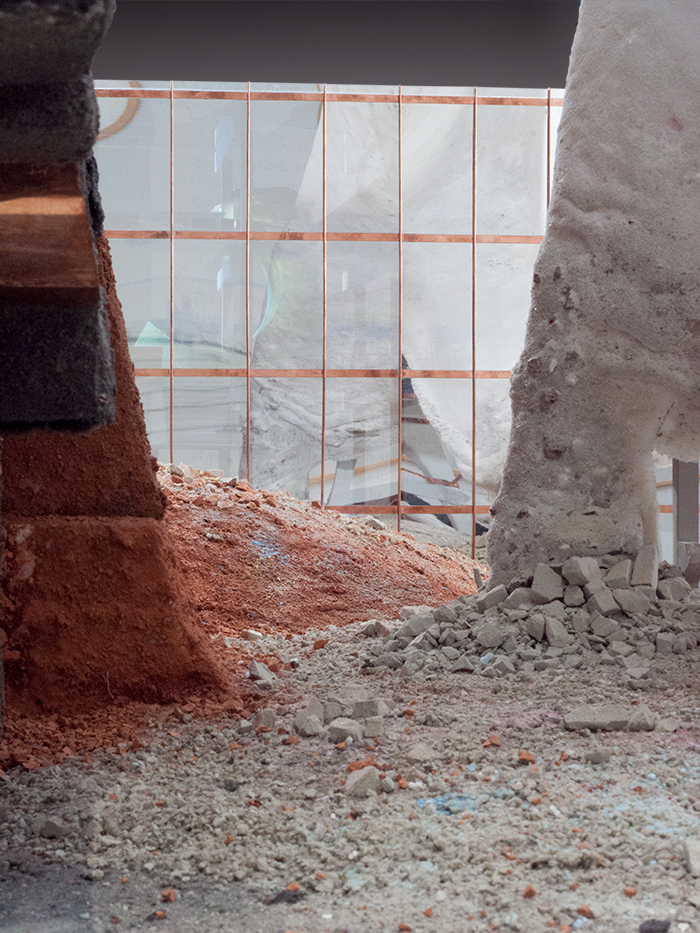
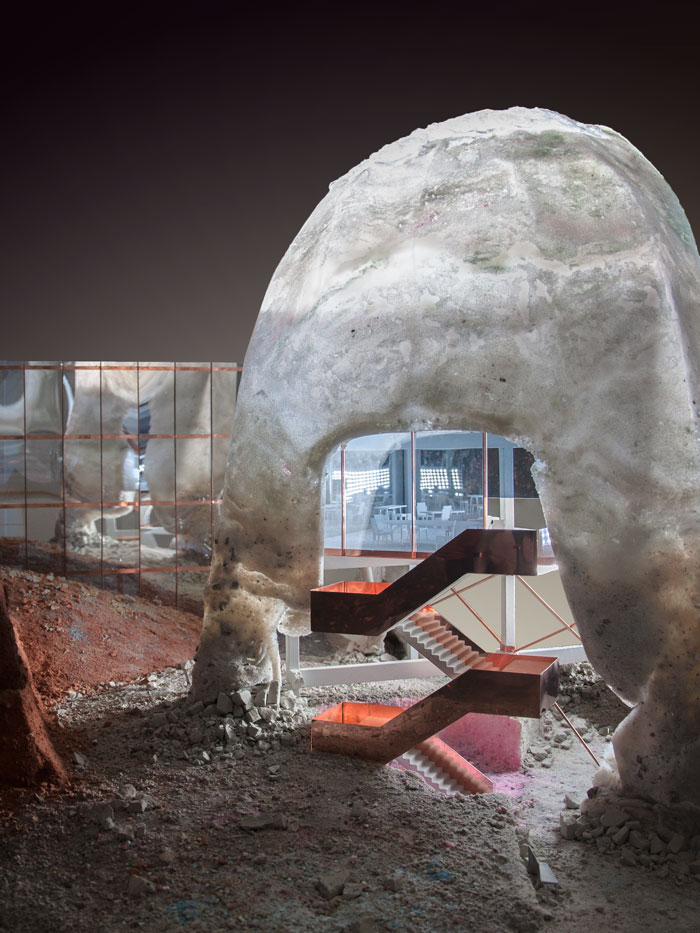
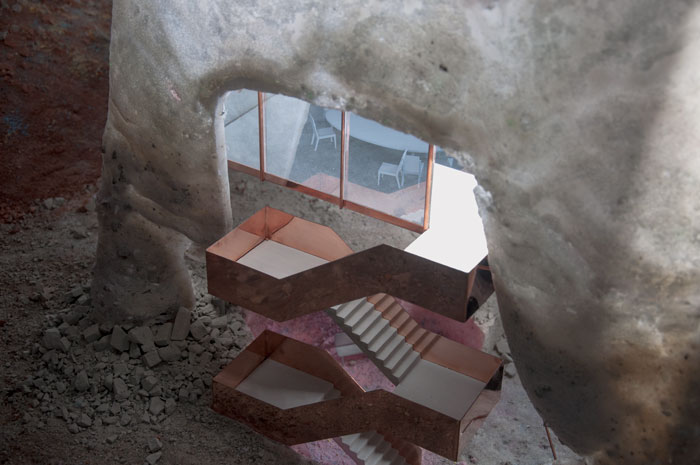
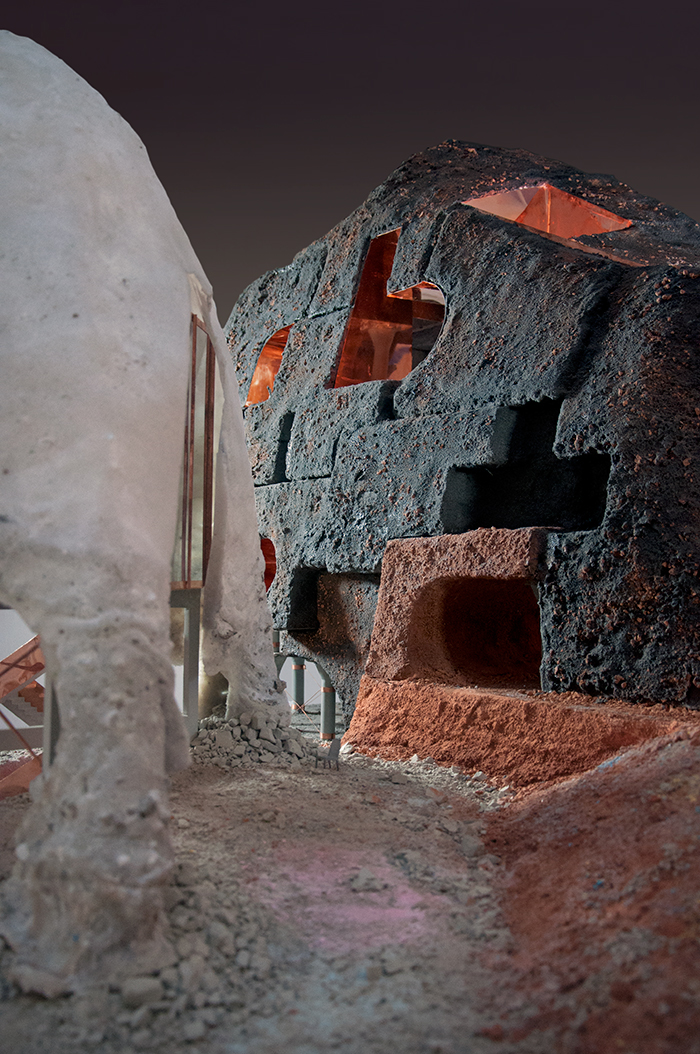
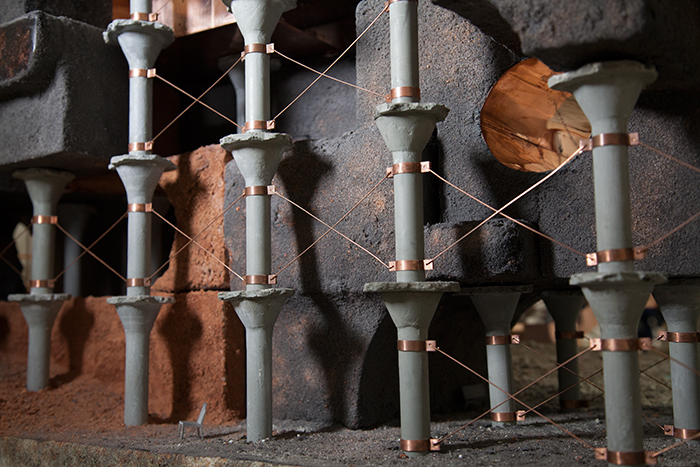
The Detroit Reassembly Plant reimagines the vacant, iconic Packard Plant as a rich stockpile of concrete, brick, and other construction materials. The project transforms this resource into a new architectural material. We do this by selectively demolishing the debilitated portions of the plant, and combining the rubble with plastics and other post-consumer materials recovered from Detroit’s waste streams. The resulting aggregate mixtures are cast in various forms across the vast site. The new plant includes zones for material sorting and processing, production areas for building construction, a research and development park dedicated to advanced building technologies, public demonstration areas, exhibition galleries, and public outdoor spaces.
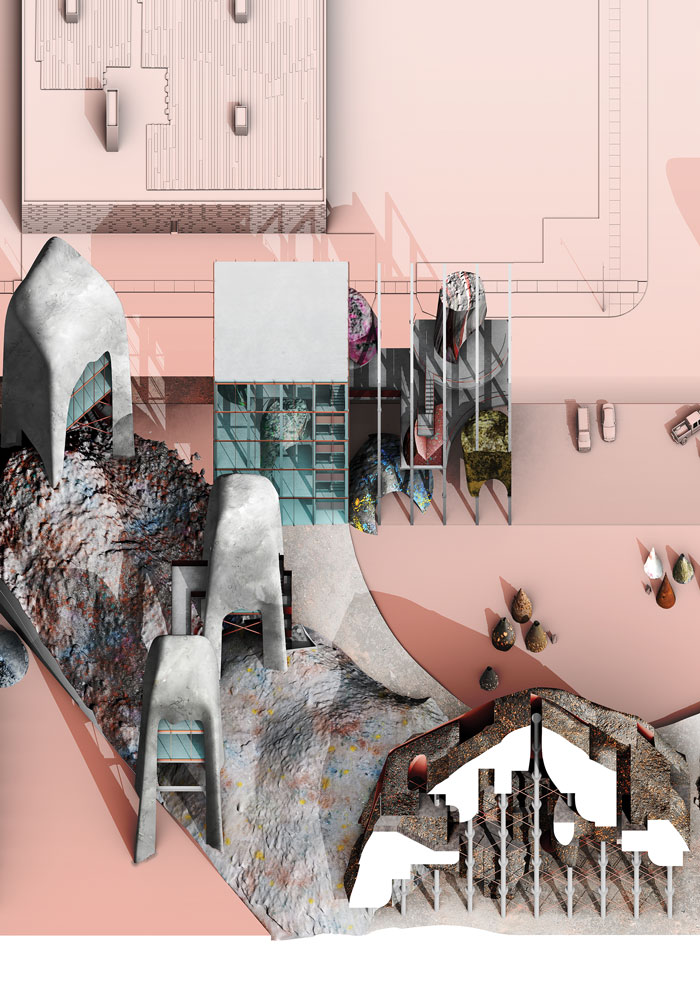
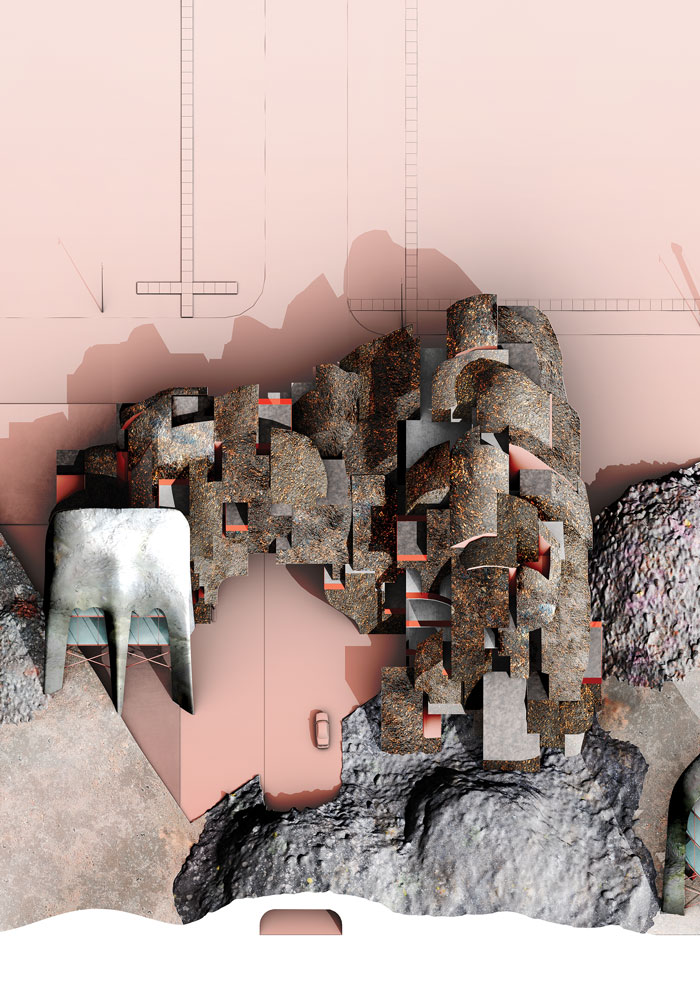
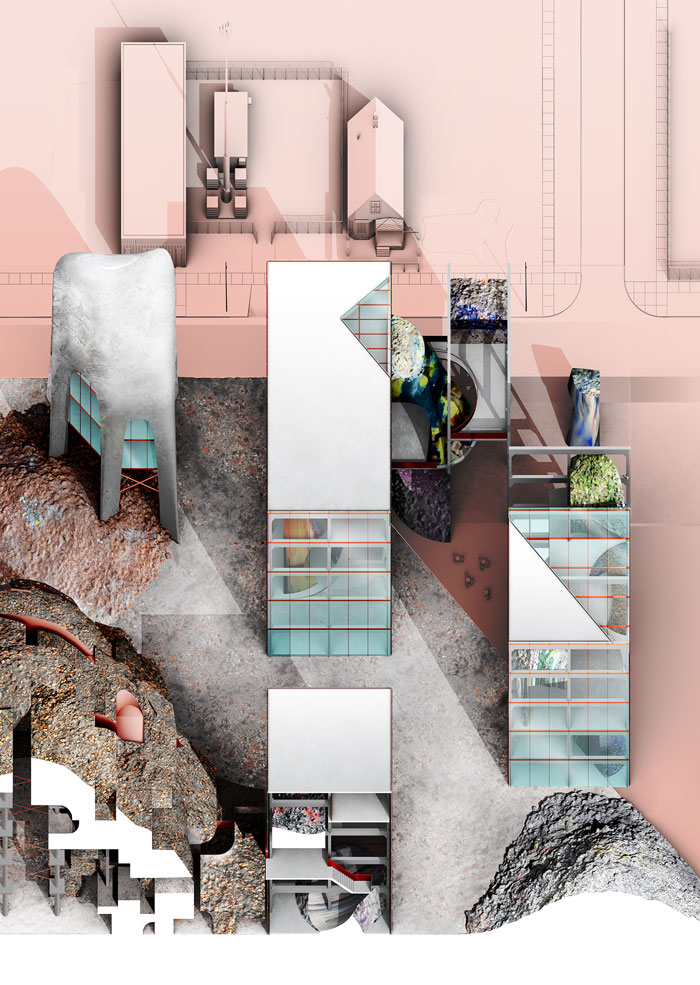
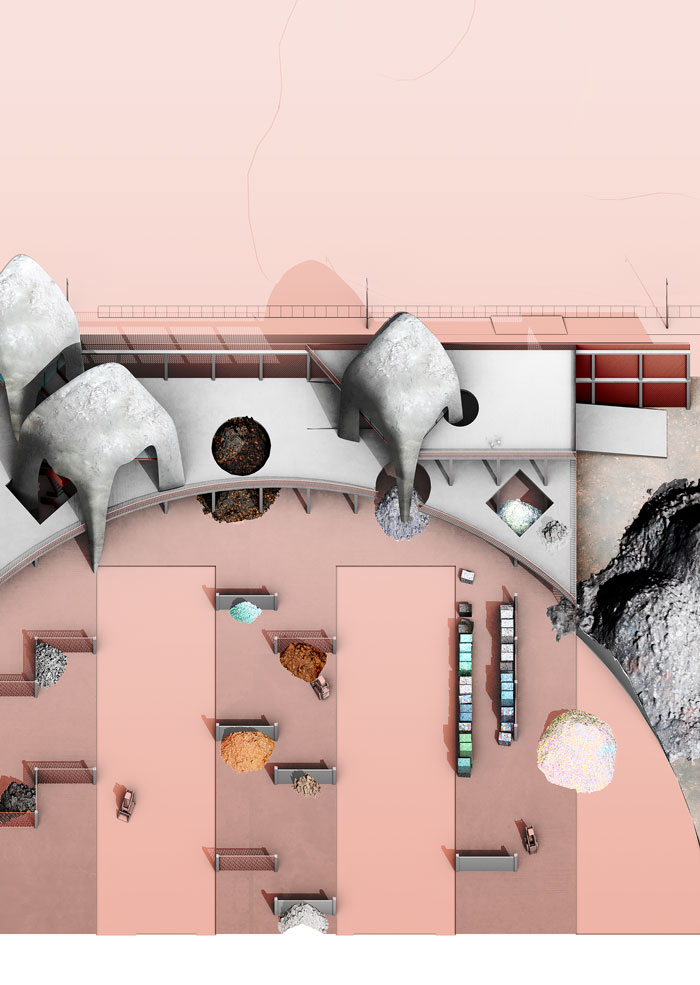
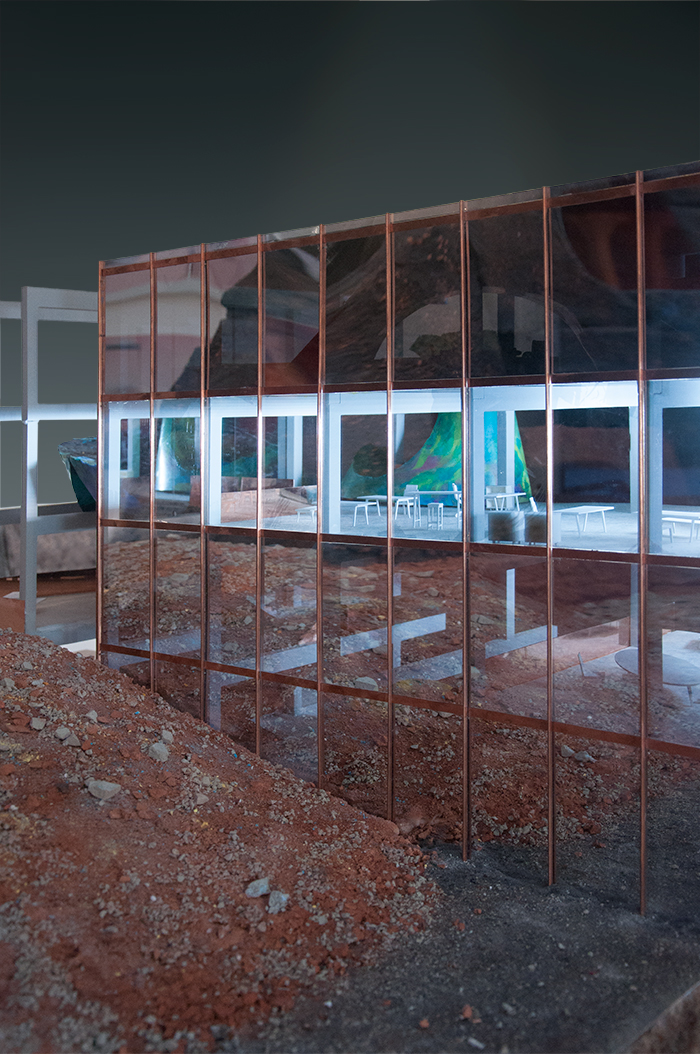
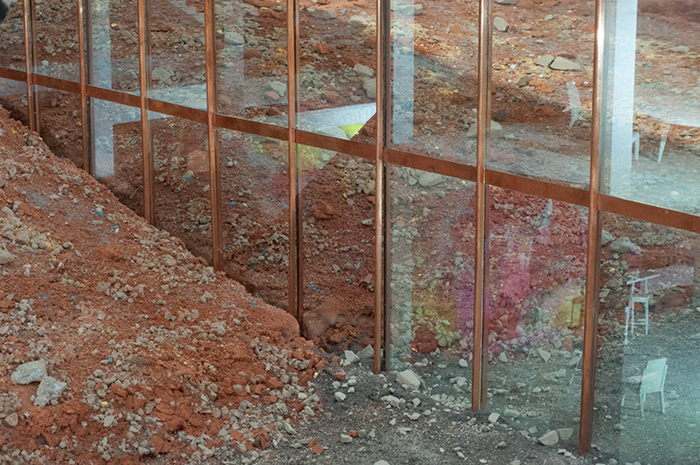
In the cultural imaginary of Detroit, vacant properties and their debris are synonymous with neglect, crime, economic hardship, and the fallout from the city’s post industrial decline. Our project ascribes value to this building detritus and transforms Detroit’s scarcity of resources into an abundance. Broken bricks, concrete chunks, fragments of glass and other materials from the site are collected, sorted, and granulated. Off-site waste materials from consumer, industrial, and agricultural streams are also processed and mixed with the Packard’s own materials.
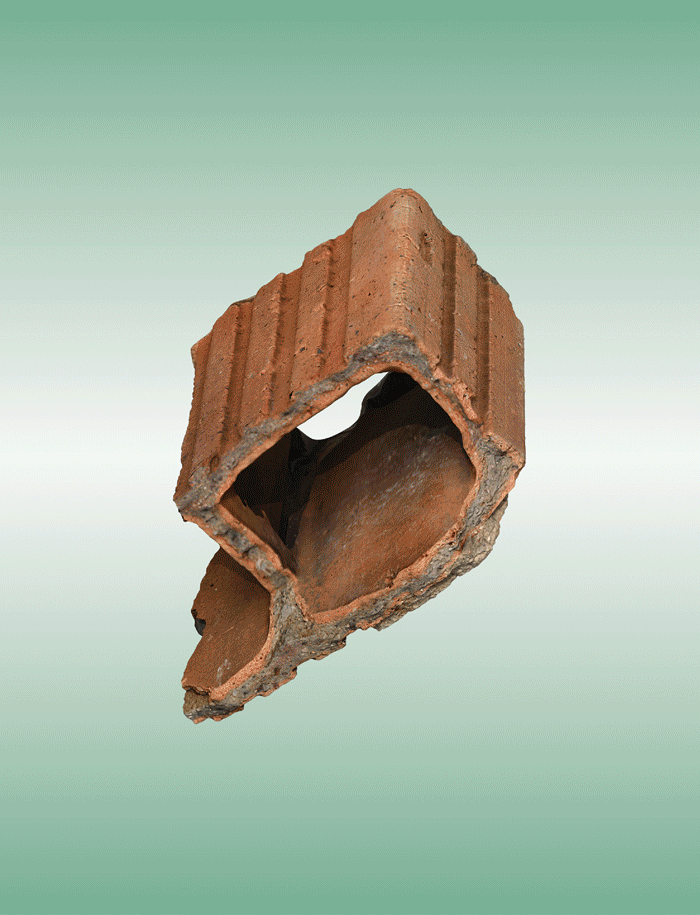
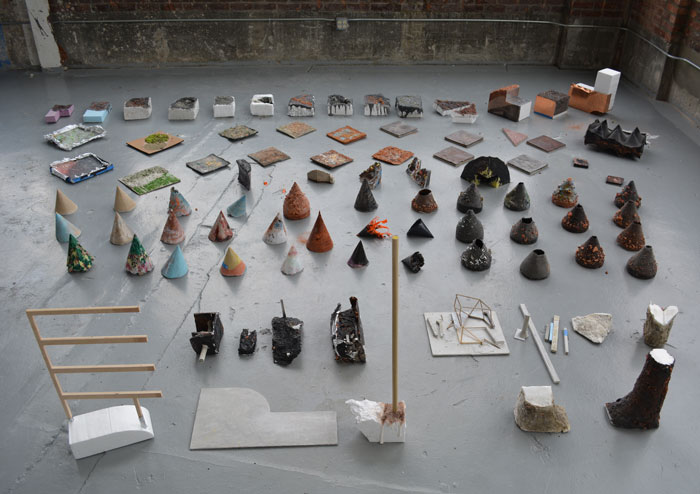
The new cast forms introduce a range of material qualities to the existing Packard Plant buildings. Flecks of brick and concrete fold together the building’s history with less familiar colors and textures, such as milky translucency, bright plastic hues, and reflective metallic sheen.
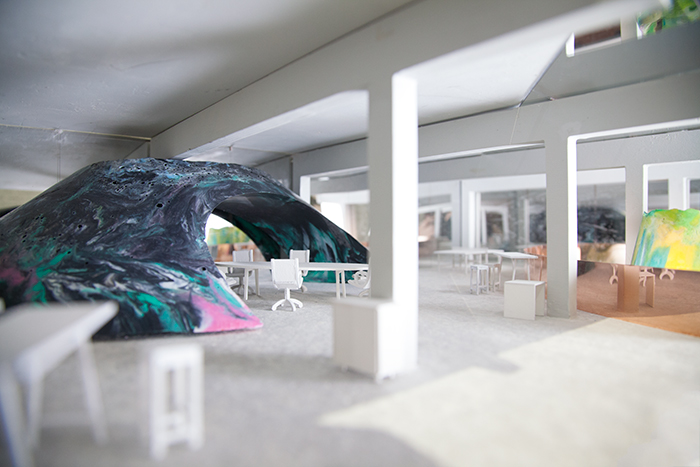
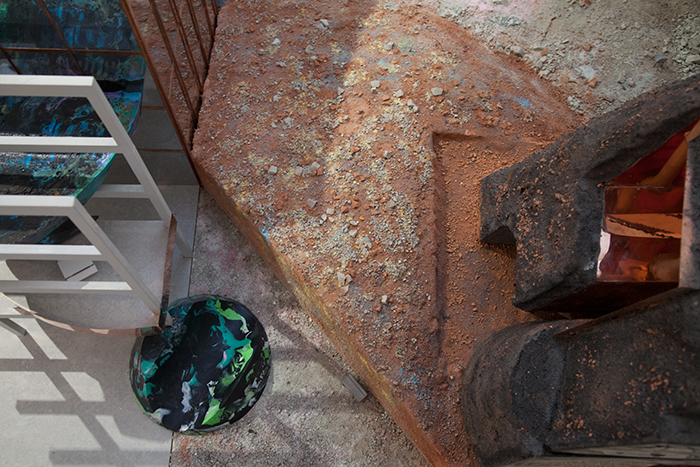
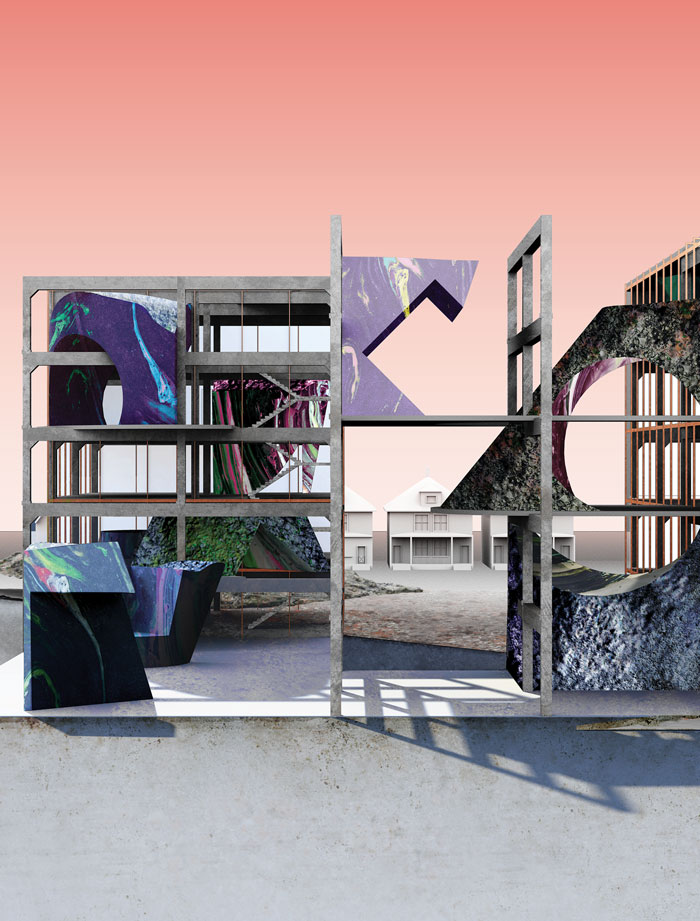
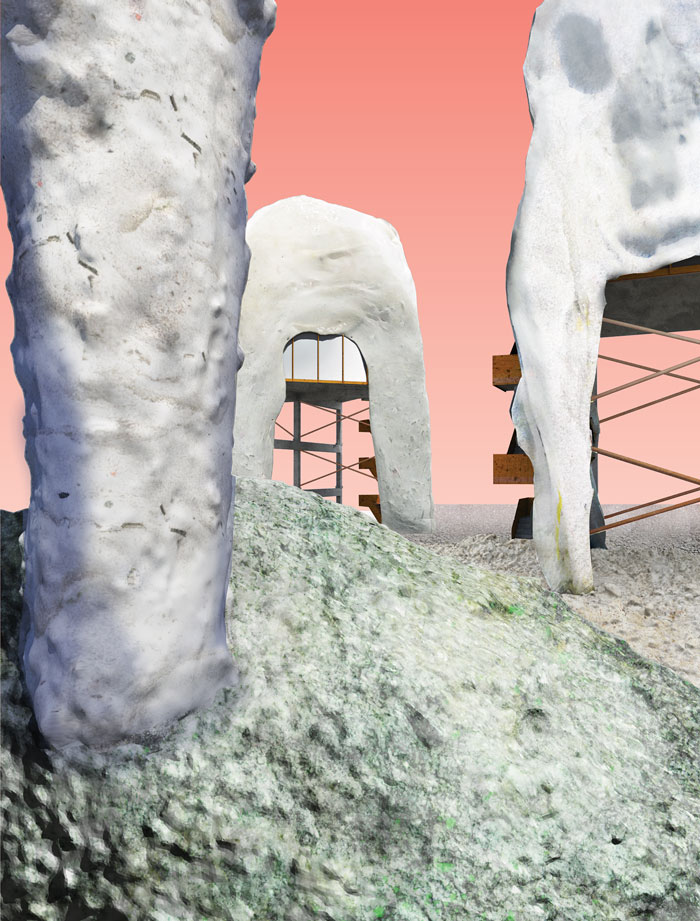
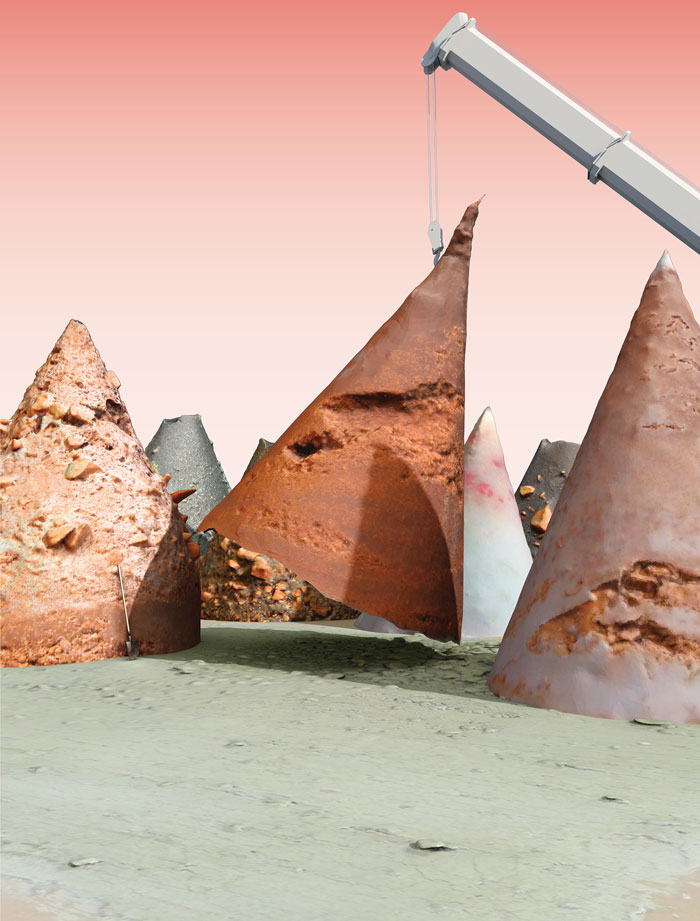
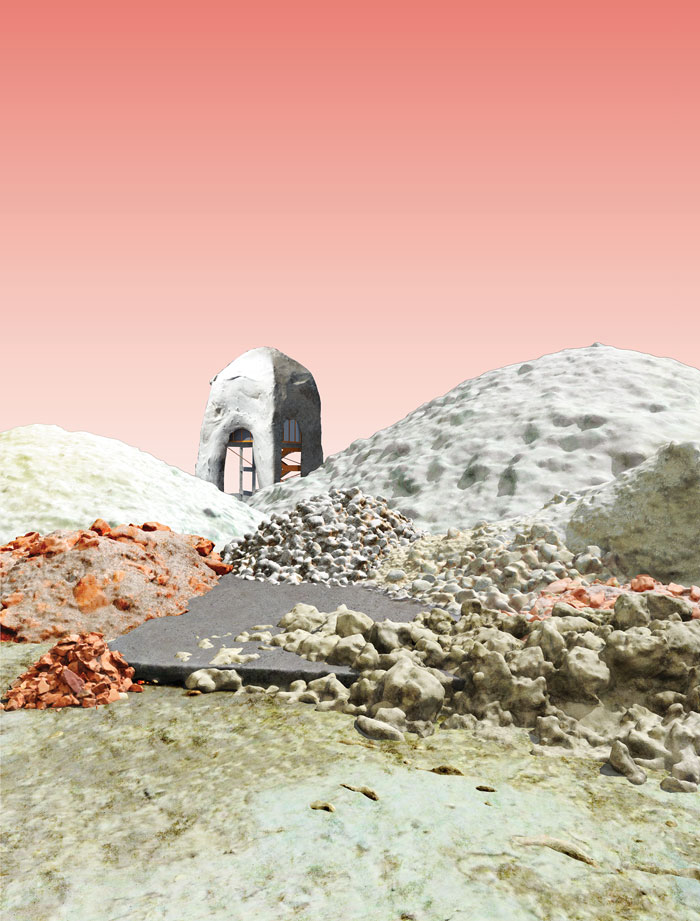
The new building forms are constructed within, around, and on top of the Packard Plant’s original columns and slabs. Four building types include mega-masonry mountains with hypostyle interiors, monolithic cast-in-place shells that drape over the existing columns and beams, room-sized cast-in-place blocks that sit within existing structural grids, and free-standing conical sheds.
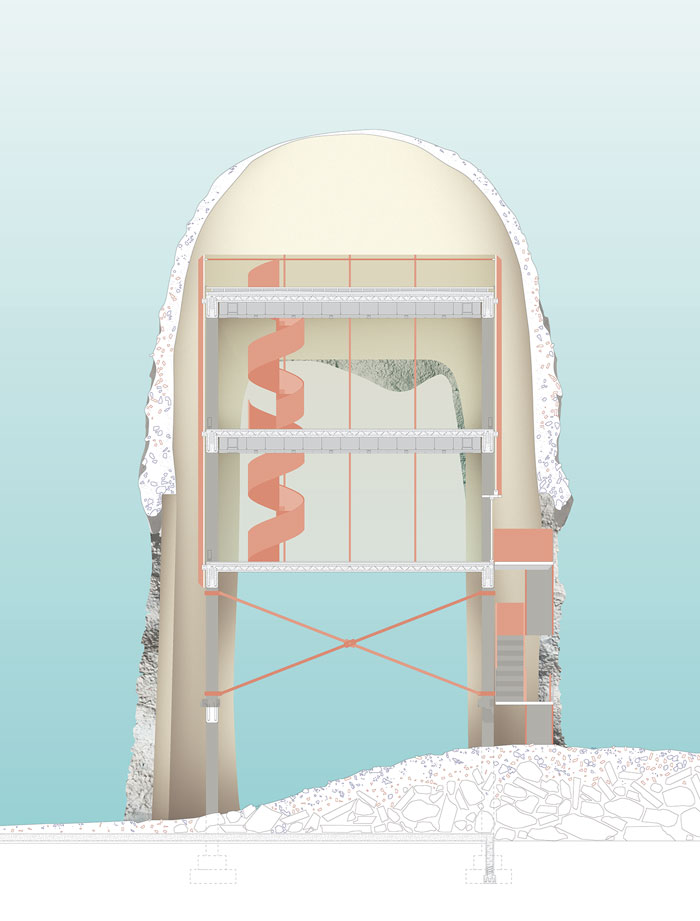
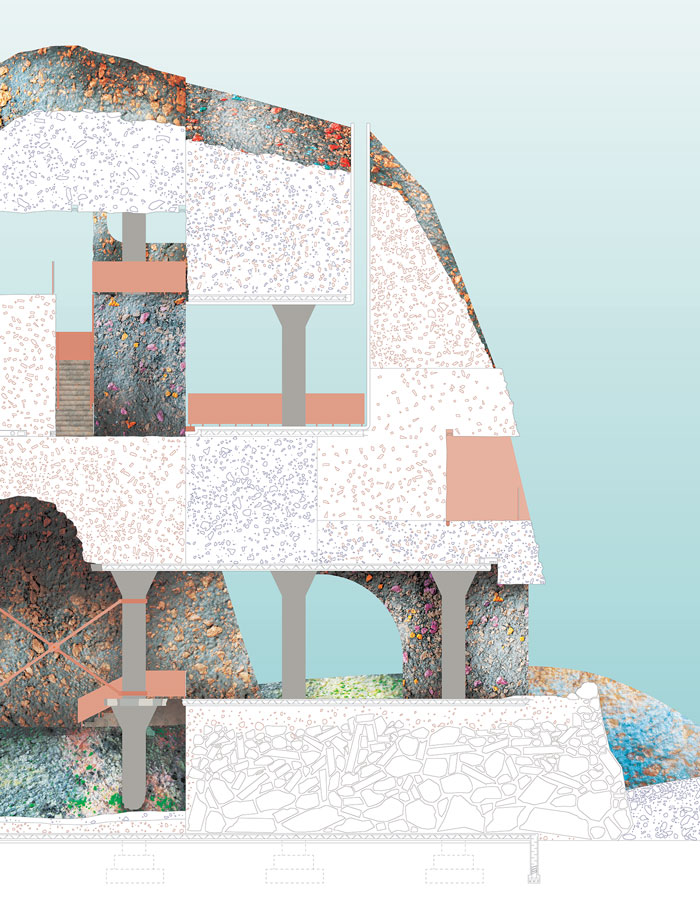
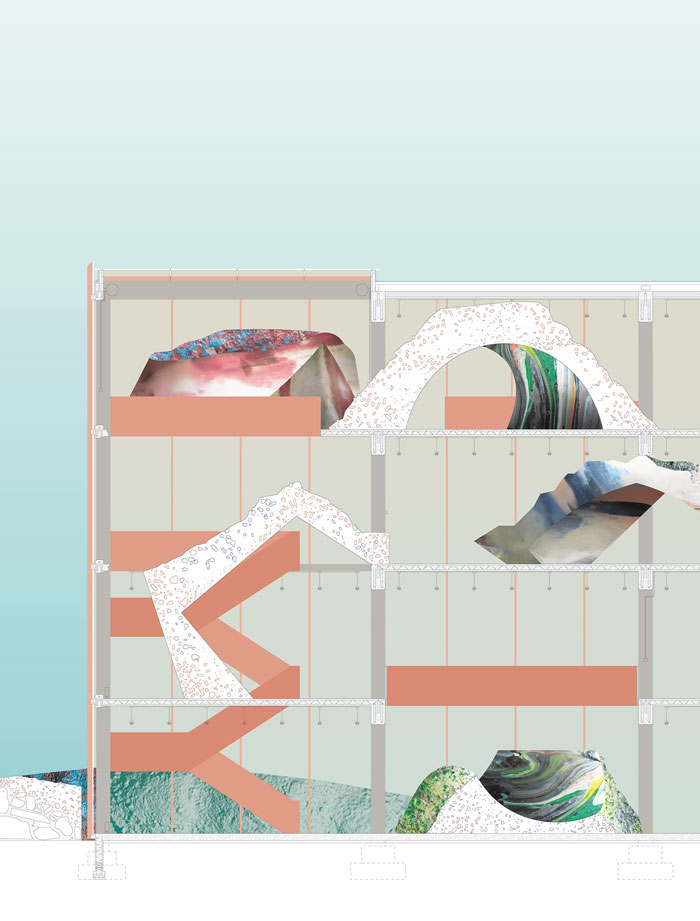

The Packard Plant has always been a site of experimentation and innovation: it was the first factory constructed from reinforced concrete; it made automobiles, Detroit’s signature contribution to American industrial ingenuity; and more recently, art and music projects have flourished within its vast spaces. The Detroit Reassembly Plant retains this spirit of innovation and change, approaching construction technology as experimental, prototypical, and extensible. It replaces the modernist paradigm of material economy and spatial efficiency with an approach to building that is materially rich and spatially varied. It substitutes the solid perimeter of the factory enclave with a porous campus of buildings, landforms, and open spaces. By remixing and reassembling Detroit’s unwanted materials, architecture and its image become the city’s primary exports.